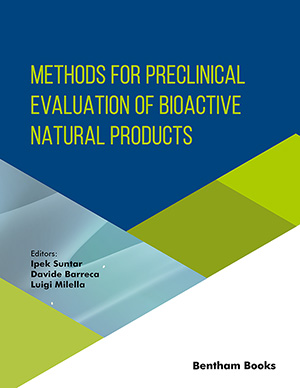Abstract
Objective: The aim of this work was to develop a new, simple, rapid, sensitive and reproducible RP-HPLC method for the determination of caffeine, 1,7 dimethylxanthine, 1,7-dimethyluric acid, 5- acetylamino-6-formylamino-3-methyluracil, 5-acetylamino-6-amino-3-methyluracil, 1-methylxanthine, and 1-methyluric acid in human urine and saliva as a method of determining the metabolic activity of the human enzyme CYP1A2.
Methods: A Luna C18(2) (150 x 4.6 mm i.d.) analytical column was used for the separation. The mobile phase consisted of sodium acetate trihydrate (pH 5.0) and methanol 85:15 (v/v). The flow rate was maintained at 0.8 mL/min. The absorbance of the eluent was monitored at 263 nm (5-acetylamino-6-amino-3- methyluracil), 285 nm (5-acetylamino-6-formylamino-3-methyluracil, 1,7-dimethyluric acid, 1- methyluric acid), 272 nm (caffeine, 1,7 dimethylxanthine) and 268 nm (1-methylxanthine). Acetaminophen as an internal standard was used to ensure the precision and accuracy of this method, and it was monitored at 245 nm.
Results: All compounds, including the internal standard, were eluted within 18 min. Analytes were extracted by liquid-liquid extraction. Limits of quantitation varied from 7.2 to 74.2 µg/L for individual analytes in saliva and from 8.4 to 82.4 µg/L in urine.
Conslusion: This method may become a useful alternative to urine caffeine metabolic ratio measurement with respect to CYP1A2 metabolic activity assessment in clinical practice.
Keywords: Caffeine, CYP1A2, saliva, urine, phenotyping, metabolic ratio.






























